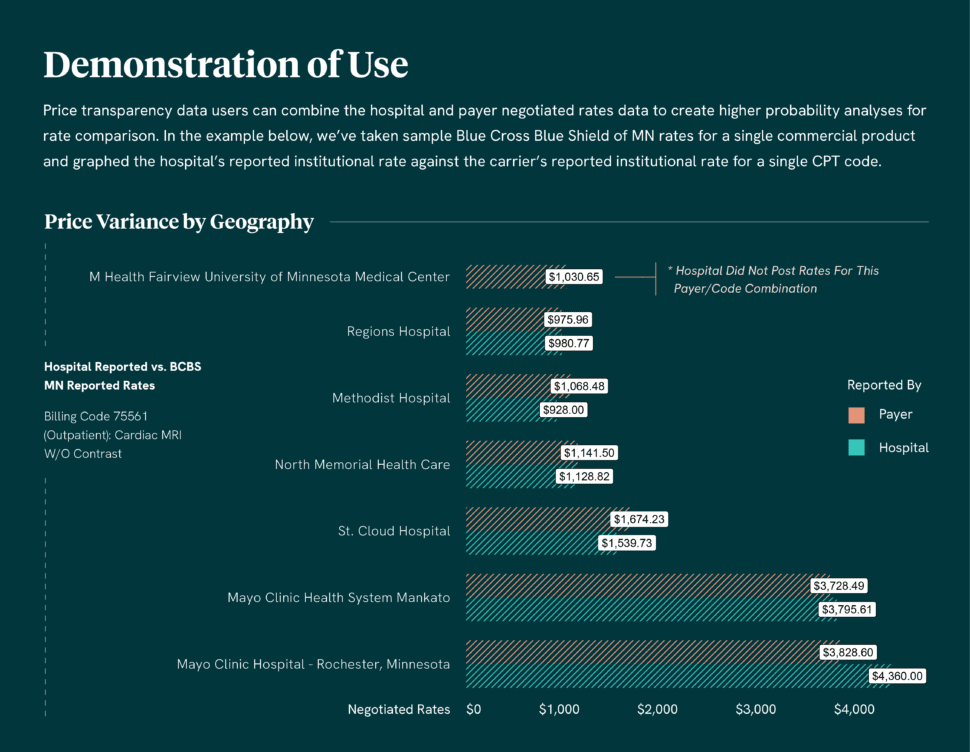The Centers for Medicare & Medicaid Services (CMS) have taken up the campaign for price transparency over the past few years. The need for this is obvious and pressing. Unlike any other industry, health care institutions have historically been totally free to charge what they want and not even tell you in advance. Most of us have had lived the horror movie that follows a hospital stay, receiving a bill in the mail…and then another bill…and another…
Hospitals have trouble predicting how much a procedure will cost for many reasons. They have a welter of agreements with different insurance companies and can’t pull together the information about coverage, deductibles, and copays that determines the ultimate out-of-pocket expenses for a patient. But CMS has been forcing providers and insurers to do so. Its Transparency in Coverage Final Rule went into effect on January 1, 2023.
I talked recently with Marcus Dorstel, VP of Operations at Turquoise Health, about what the health care industry has done to expose prices. Figure 1 shows a sample report from Turquoise.

*Figure 1: A report from Turquoise Health combines publicly available data to show data in an easy-to-read chart.
In this chart concerning a cardiac MRI, it is easy to see enormous differences between some major hospitals.
Turquoise Health has recently released a Good Faith Estimates service to help providers comply with the No Surprises Act. The service generates an estimate with the required patient and diagnosis information.
Prices are an interaction between insurers, with all their complicated rules about deductibles and copays, and clinicians. Each insurer and clinical setting has its own site offering pricing information. Already, 6,000 hospitals have posted prices.
Luckily, according to Dorstel, the information is relatively accessible for two reasons:
- The information is machine-readable, so services such as Turquoise Health can write programs to aggregate the information and provide it to payers, providers, patients, researchers, government agencies, and others.
- Standards have emerged so that automated services can absorb the information without creating unique rules to handle each separate site.
Dorstel says that CMS created a standard file format for the pricing information that insurers are required to disclose. CMS recently released a standard for hospitals as well.
Hospitals will certainly need time to convert their current formats—which exist in a motley variety of formats such as JSON, Excel, and plain text—to the CMS format. When this is done, both insurer and hospital information on pricing will be easy to scan and combine.
Turquoise visits hospital sites once per quarter and insurer sites once per month to aggregate their data and pull it into a single database. Turquoise has its own database schema into which it imports all the data.
You can check Turquoise’s press releases to see the wide range of academic researchers, industry players, and government agencies who benefit from its pricing information.













